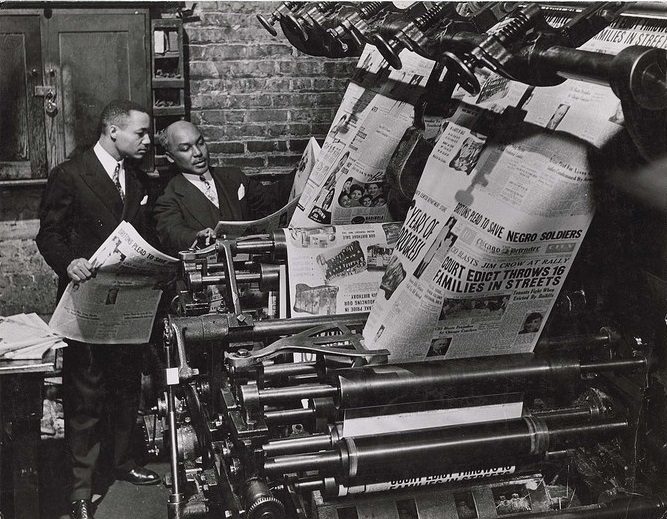By the late 19th century, Chicago had become a major center of commercial printing in the United States, second only to New York. The city’s printers worked closely with magazine and catalog publishers, and even had access to information about railway transport, enabling them to achieve a competitive position, writes chicago-future.com.
The Beginnings of Printing

Before the introduction of large printing machines in the 1860s, small print shops could be found in nearly every American town. Markets outside major publishing hubs were primarily local or regional, and Chicago was no exception. The first newspaper in the city, Chicago Weekly Democrat, was founded by John Calhoun in 1833, and by 1840, it had become a daily paper.
Chicago’s rapid growth led to the city hosting eight print shops and four newspapers by 1846, establishing itself as a regional printing center. Between 1850 and 1870, an integrated printing industry took shape in the city. By 1860, newspapers were reporting 29 print shops. The industry was supported by around 68 bookstores, five manufacturers of printing supplies and equipment, and numerous distributors of printed materials on a regional scale.
Magazines were particularly important, even in these early years, with approximately 20 new publications emerging annually between 1860 and 1880 in Chicago. Since the 1850s, railway printing became more significant as many railroads established their headquarters in the city. One of the first such printing companies was Rand McNally & Co., founded in 1868. Another growing specialization for Chicago printers was the production of mail-order catalogs.
By 1872, printers began operating in offices located in the city’s newly developed central district. Around this time, technical progress in mechanical printing presses led to the establishment of large print shops with skilled workers. This also led to the construction of loft-style buildings with spaces dedicated to housing printing machines. Companies like Donohue & Co. (1861) and W. F. Hall Printing Company (1892) became some of the largest, printing large volumes of textbooks, magazines, and catalogs.
Rapid Growth of the Printing Sector

Along with the growth of the printing industry, Chicago saw the rise of foundry workshops that produced printing presses. However, due to the large size and rapid growth of the industry, much of the equipment was still imported from the East. Local companies like The Miehle Company produced high-speed sheet-fed presses, while The Goss Company manufactured rotary presses for newspapers.
Chicago’s developed printing industry became an integrated regional complex of suppliers and manufacturers, with large-scale exports to countries around the world. By 1900, the city had nine newspapers with a combined circulation in the millions.
After World War I, Chicago emerged as a leader in the printing industry, surpassing even major eastern cities. By the end of the 20th century, the headquarters of four of the world’s 10 largest printing companies were located within 100 miles of Chicago. However, the internationalization of their operations in the 1970s led to an increase in the export of actual printing work.
By 1927, Chicago was home to approximately 1,500 manufacturing plants in the printing industry, employing over 3,000 people. In 1960, the city had 2,100 printing plants, including three of the world’s largest at the time: Donnelley, W. F. Hall, and Cuneo.
Despite the fact that Chicago was never a center for literary publishing, starting in the 1860s, it played an important role in the publishing world, particularly in the production of magazines and mail-order catalogs. By the 1920s, the city’s print shops and favorable postal rates had attracted major magazine publishers from other regions.


